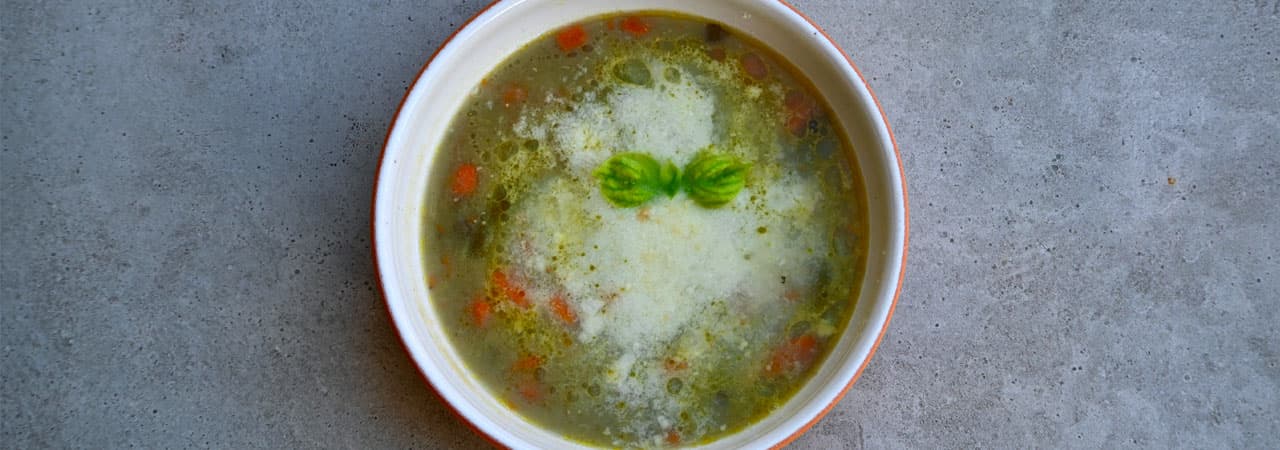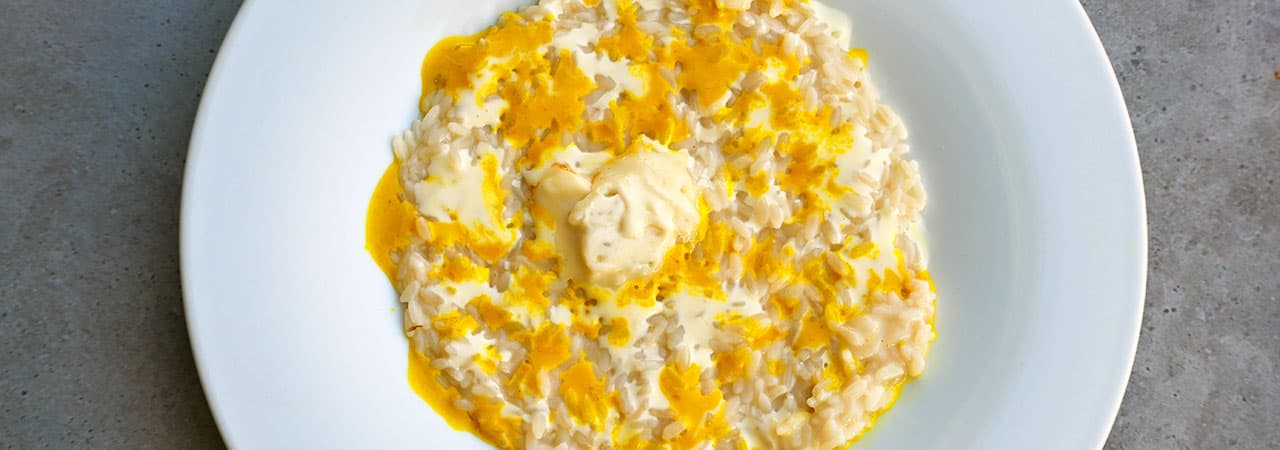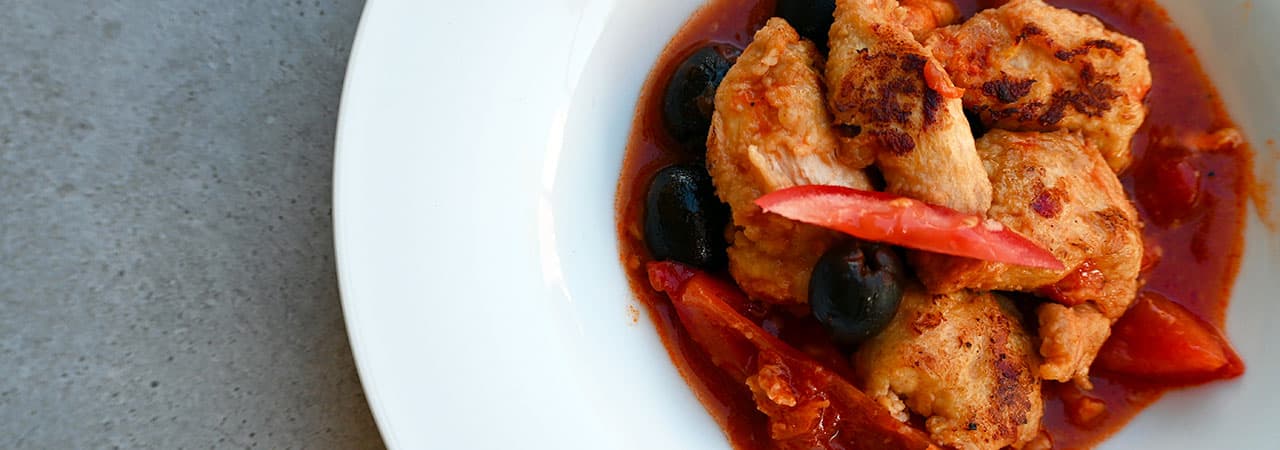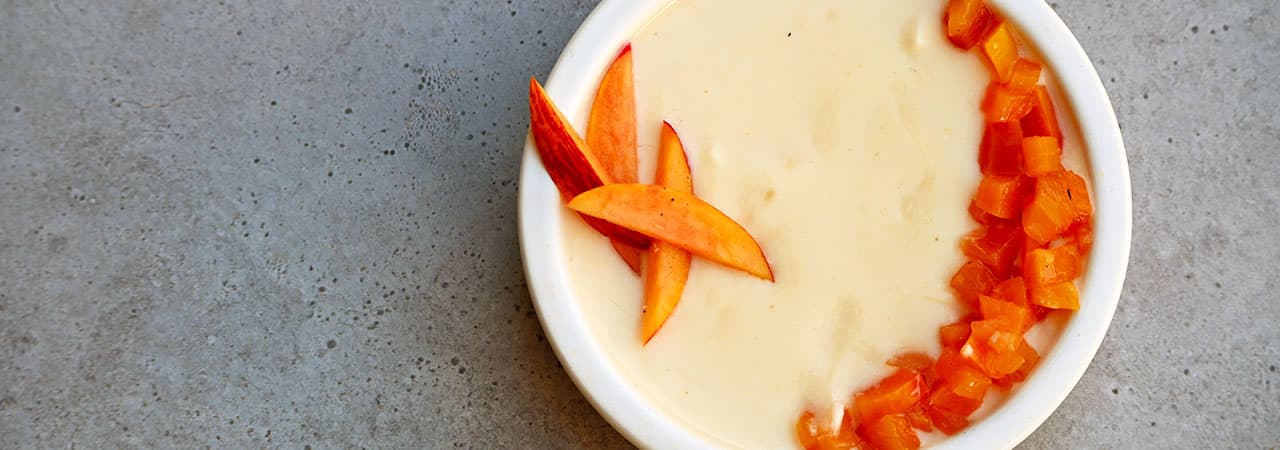october 2022
LA VEDETTA
There’s always some extra excitement when we get to share wines from our friends. Marco Viglino and Swantje are the new kids on the Barbaresco block and their love story is somewhat similar to ours. Marco is a “langhetto”, born and raised in Alba, his family has always farmed vineyards: humanistic studies, a degree in Economics and an internship abroad, where he worked for some multinational corporations. In Germany he met Swantje: she is from the countryside as well but with a Master’s degree in International management. They fell in love and decided to move to the Langhe to start a new adventure together. We share the same vision, the same history of starting a business just two years before the pandemic and we often share some meals and bottles of wine. I loved to see their winemaking evolve through the years and it is safe to say that they are now a rising star in the Langhe hills, blending a modern view on farming and winemaking with Marco’s Piemontese heritage: respect for the grapes, the terroir but also the freedom to experiment.
Our selection and when you should pop that cork (our modest opinion):
- Barbaresco 2019: Drink 2024 – 2035
- Langhe Nebbiolo 2020: Drink now – 2025
- Freisa 2020: Drink now – 2025
PARIDE CHIOVINI
We continue our exploration of Alto Piemonte with Paride Chiovini, a winemaker located in Sizzano, a small town in the province of Novara. Viticulture in the area dates back to Roman times, with early pre-historical settlements on the shores of the Sesia and the Ticino river, connected to Lake Maggiore and Po’ river. The fame of Sizzano wine is due to the great Piedmontese statesman Camillo Benso Conte di Cavour, a great admirer of wines, who compared the Sizzano DOC to the great wines of Burgundy. Compared to the Langhe, Sizzano wines are more vertical, with greater acidity (due to the lower temperatures which nowadays is a blessing) and finer tannins. Paride is the avant-garde in town, applying his scientific knowledge to old and forgotten vineyards, analzying soils and setting up the stage for a new generation of great wines from an area that is ready to be re-discovered after so many years of living in the shadow of the Langhe region. Sizzano has its own DOC and we were able to grab his best vintage so far, the magnificent 2016. Uva Rara is a very unique, very spicy and fruity grape which has always been used for blending that Davide decided to dignify with the greek name “Briseide”, Achilles’ favorite damsel who was at the same time his lover but also technically his slave.
Our selection and when you should pop that cork (our modest opinion):
- Sizzano 2016: Drink now – 2030
- Sizzano 2018: Drink now – 2030
- Briseide 2021 (uva rara): Drink now
SCARZELLO
“We are the generations which preceded us, we are our ambitions and visions, the daily commitment to our work, the ongoing desire to improve and work in a healthy and balanced territory. We are our wines.” This is how Federico and Federica at Scarzello present and synthesise their history and ideas on wine. One of the few wineries in Barolo downtown and from Barolo, combining a classic, old-school winemaking heritage with modern views on technology and farming. Elegant, long maceration wines with power, lift and energy. They have become a true gem for wine lovers and especially their Barolo Vigna Merenda is getting harder and harder to find.
Our selection and when you should pop that cork (our modest opinion):
- Barolo 2017: Drink now – 2030
- Barolo Sarmassa Vigna Merenda 2017: 2024 – 2040
- Langhe Nebbiolo 2020: Drink now – 2026
CASCINA SOT
“Mezzadria” defines an old agreement between the owner of a piece of land and the people farming it, who can benefit from half (mezzo) of the harvest once a year in exchange of their work. This is how the Sanso family started its wine journey in the Barolo valley, three generations ago when the Langhe were one of the poorest regions in the country. Forward-thinking Giuseppe and Maria little by little acquired the land they were farming and that they loved so much. Two generations later, young Maurizio is carrying on his grandparents’ dream in Monforte d’Alba, in a gorgeous estate surrounded by an amphitheatre of vineyards. Maurizio is one of the most serious, professional and sharp guys I’ve met in the wine business: he definitely has set quality standards and goals in mind and you can tell by visiting his sparkling clean cellar while listening to him talk about his vision. Terroir expression, clean, elegant but powerful wines, with great ageing potential. From farming the land in exchange for grapes to pure excellence, the Sanso family has gone a long way and it’s a pleasure to share the results of so much dedication and hard work with you.
Our selection and when you should pop that cork (our modest opinion):
- Barolo 2017: Drink now – 2030
- Barolo Monforte 2017: Drink now – 2030
- Barbera d’Alba 2020: Drink now – 2027

Chickpeas and Vegetables Minestrone
What you need:
- - 7 oz of cooked chickpeas
- - 1 large carrot
- - 2 stalk of celery
- - 1 white onion
- - 2 large tomatoes
- - 1 large zucchini
- - 17 oz of vegetable stock
- - 1 branch of fresh rosemary
- - 2 bay leaves
- - 1 branch of basil
- - Extra virgin olive oil
- - Coarse salt
- - Pepper
- - One large pot with its lid
- - One string of kitchen twine
How it is done:
Start by cutting the vegetables in small cubes, try to be as even as possible: if all the vegetables have the same size they will cook evenly and your minestrone will taste better; keep al the vegetables separated. Take the bay leaves, the rosemary and the basil branches and tie all together with some kitchen twine, this is called a “bouquet garni”: a simple method to enrich the flavour of a dish without having the leaves directly in your food. In a large pot heat some olive oil, then add diced carrot, celery, onions and your bouquet garni, cook for 30 to 40 seconds stirring continuously until the carrots change color. Add the cooked and dried chickpeas. Keep the heat at medium and cook continuously, add the zucchini, and then the tomatoes. Add a tablespoon of coarse salt, and let the tomatoes melt in the pot. At this point add the vegetable stock, lower the heat, regulate with salt and pepper, remove the bouquet garni and cover with a lid. Let it cook, stirring from time to time until it is reduced by 1/3.
How to serve:
In a bowl, serve the minestrone boiling hot, finish with a splash of extra virgin olive oil. You can complete the dish the traditional way with a generous grating of some pecorino cheese and a side of two slices of toasted bread.

Risotto with saffron and blue cheese sauces
What you need:
- - 4 oz of carnaroli rice
- - 17 oz of bone stock
- - 1 shallot
- - 2 oz of unsalted butter
- - 2 oz of freshly grated parmesan cheese
- - 1 glass of white wine
- - 4 oz of whole cream
- - 1 tablespoon of saffron
- - 1 oz of blue cheese (better if gorgonzola)
- - salt
- - pepper
- - One deep and large saucepan
- - Two deep smaller pot
- - One whip
- - One spatula
How it is done:
Start by preparing the two different sauces. Put in two different pots 2 oz of whole cream (each). In the first pot add a pinch of salt and the saffron without heating. Mix it well with a whip until uniform and smooth. Put it on the fire and stirring continuously cook for around 1 minute. Set aside and let it cool down. Put the other pot on medium heat, cut the blue cheese in small pieces and add it, cook at slow heat until the cheese is completely melted. Set aside and let it melt. For the risotto, clean the shallot; then in a large saucepan let half of the butter melt, add the whole shallot, let it heat for around 20 seconds, add the rice. Stir continuously until the rice is hot, add the white wine and reduce the heat. Let the alcohol evaporate completely, now remove the shallot. Throw in the pan the stock boiling hot. Cover the rice with it and keep cooking stirring continuously. Regulate with salt and pepper, keep adding the stock until the rice is tender but not mushy. Let it rest for a minute, then add the parmesan cheese and the remaining butter, mix everything until smooth and creamy.
How to serve:
Set the risotto in a large dish, even it on the base of the dish. Take the two sauces and splash it casually on the risotto using the color contrast to create a random drawing on the risotto, serve it right away. Risotto con salse di zafferano e Gorgonzola.

Chicken breast with cacciatora sauce
What you need:
- - 1 large chicken breast
- - 5 oz of tomato purée
- - 5 oz of fresh tomatoes
- - 2 0z of chicken stock
- - 2 oz of pitted olives
- - 4 oz of red bell pepper
- - 1 glass of white wine
- - 1 onion
- - 1 celery stalk
- - 1 carrot
- - 1 garlic clove
- - salt
- - pepper
- - Extra virgin Olive Oil
- - One pan
- - One deep pot
- - One deep oven tray
How it is done:
Start with the cacciatora sauce: clean the vegetables; ground together the carrot, the onion and the celery; cut the tomatoes and bell peppers in large cubes, and cut half of the olives in small pieces. In a deep pot heat three tablespoon of olive oil, add then the grounded celery, onion and carrot mix. Add also the minced olives and the clove of garlic and the cubed bell pepper, stir continuously until the carrots changes color. Add the diced tomatoes, cook for around 1 minute, then add the tomato puree and 3/4 of chicken stock, season with salt and pepper. Remove the garlic clove and let it cook for approximately 2 minutes until it is reduced by 1/3. Now cut the chicken breast into large cubes (around 3 inches per side). Dry it using a paper towel, massage it with salt.
In a pan, heat one tablespoon of olive oil, put the chicken breast in the pan and cook it for 1/2 minutes per side until it’s crispy. Remove the chicken and set it aside. In the hot pan add the remaining olives, the white wine and the remaining chicken stock. Let it reduce to the consistency of a sauce, then add the cacciatora sauce. Transfer the chicken breast into a deep oven tray, cover it with the cacciatora sauce and cook it in a pre-heated oven at 350° for 30 minutes.
How to serve:
Put in a deep dish the sauce, place the chicken breast on top, and complete with a generous scoop of sauce. Serve it with some freshly cut slices of bread to complete the scarpetta.

Peaches pannacotta
What you need:
- - 8 oz of fresh whole cream
- - 2 oz of sugar
- - 4 oz of fresh peaches
- - 1 oz of honey
- - 1 oz of unflavoured jelly
- - 1 vanilla bean
- - salt
- - Two pot
- - One immersion blender
- - Two or Three removable mould
How it is done:
Clean the peaches, cut in half and remove the kernel. Cut the peaches in small cubes, place the cubes into a pot, add a pinch of salt, the honey and two tablespoon of fresh water. Cook it on low heat for around ten minutes. Save 1/4 of the mixture for decorations. In another pot, add the sugar, the whole cream and the seeds from the vanilla bean. With an immersion blender blend it all until smooth, then add the peaches and repeat the process. Transfer the pot on low heat, whisk it continuously and cook it for around two minutes, add the unflavoured jelly, mix it in. Transfer the mixture in the mould you have chosen and let it sit in the fridge for at least two hours.
How to serve:
Take a dish, place the panna cotta in the middle, add a spoon of the peaches coulis, complete with some slices of fresh peaches.
